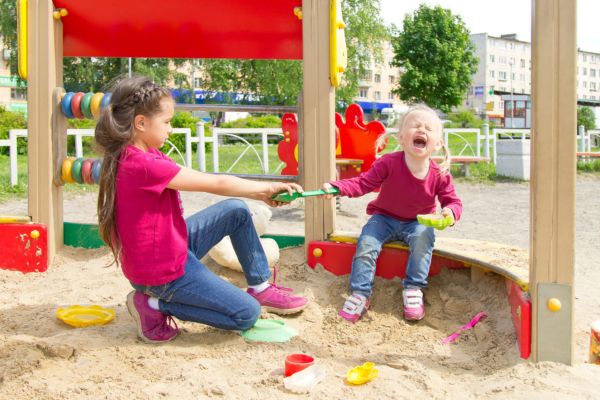
When kids fight with each other, it can be really frustrating and tiring. It’s also one of the toughest behavior challenges to overcome. Here are some ways that you can take the pressure off yourself as the referee while also teaching cooperation and problem-solving.
1. Set clear expectations of respect and kindness.
Kids may do lots of different things when they fight; however, it’s important that everyone understands whatever happens, everyone must be treated with respect and kindness. Setting this baseline provides a framework for behavior.
2. Give kids the time and space to work things out themselves.
We often jump into referee mode and suggest different solutions to whatever problem they’re facing. Caregivers are natural problem solvers, and we also want the fighting to stop. However, when given the opportunity, kids often get creative and figure things out themselves. This is especially true when they know the adults around them won’t automatically jump in to problem solve.
3. Ask questions.
When kids come to you to fill you in on their side of things, you can help by asking them questions that will encourage them to figure things out themselves. Questions like “How would (the other person) describe the problem?”, “What things have you done to try and solve the problem?”, “How do you think (the other person) feels?” or “What’s keeping you from finding a solution?” are great thought provokers.
4. Don’t feed the negative pattern.
Often kids fighting is just a habitual way of reacting to each other and getting you involved in the squabble. When they and you begin to react differently, the fighting will start to decrease and the problem-solving will start to increase.
Kids fighting is a natural behavior. Within the right environment, problem-solving can also become a natural behavior.